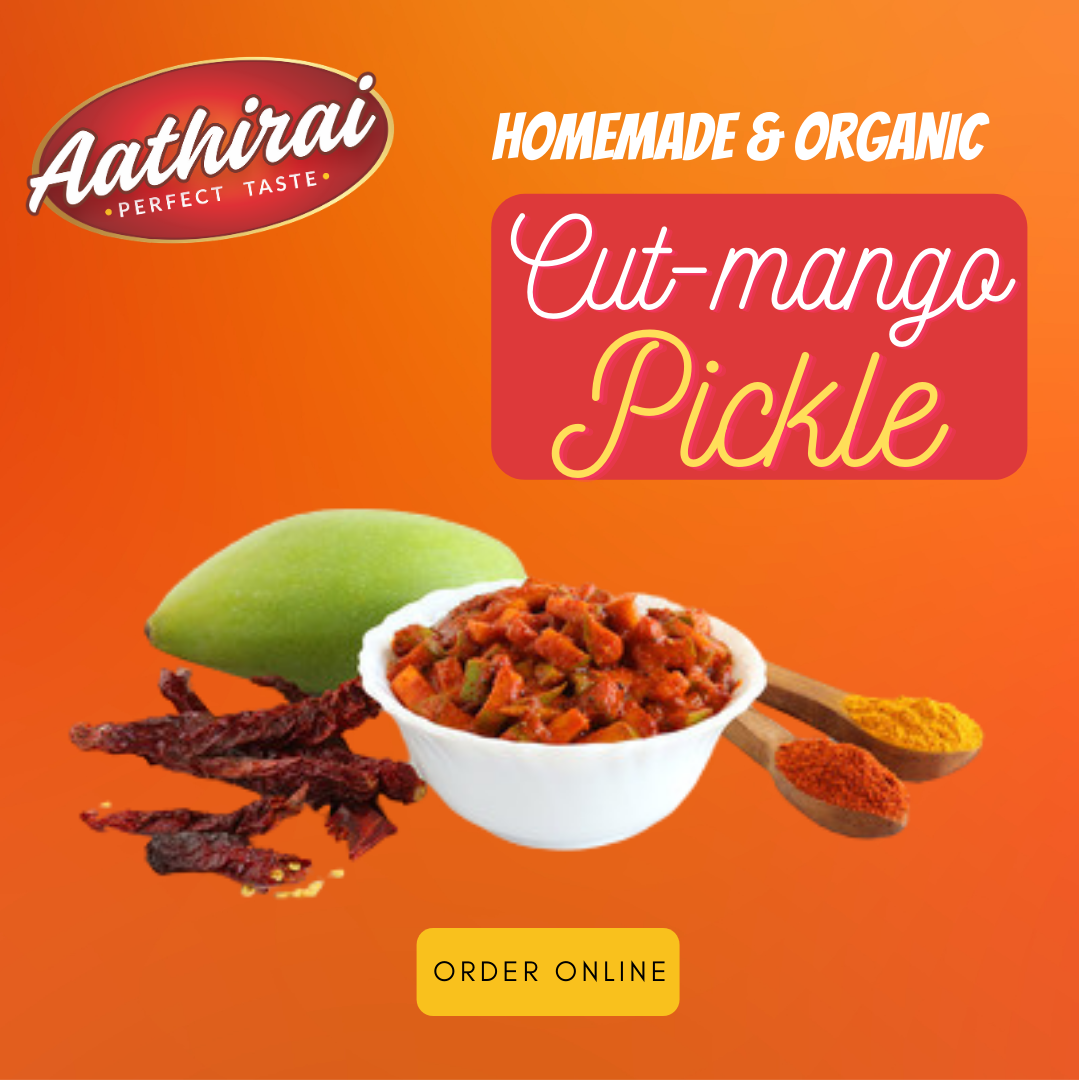QlikView Interview Questions and Answers
by sonia, on May 27, 2017 5:25:09 PM

Q1. What are the unique features of QlikView?
Ans: (a)Data Association is maintained automatically. (b) The structure, data and calculations of a report are all held in the memory (RAM) of the server. (c) Data is compressed to 10% of its original size. (d) Visual relationship using colors.
Q2. What is Incremental Load?
Ans: The concept of loading only the new or changed records from the source into the QlikView document is called Incremental Load.
Q3. How you connect QlikView to Database?
Ans: QlikView can connect to data base using ODBC connection created for the database.
Q4. What is Dashboard?
Ans: A dashboard is a QlikView document which shows many matrices together and the values in the sheet objects can change dynamically upon selection of certain value in one of the Sheet Objects.
Q5. Define Trellis chart?
Ans: In Trellis chart we can create array of chart based on first dimension. Bitmap chart are also made of trellis display.
Q6. Explain Mini Chart?.What do you mean by sub reports and how we can create them?
Ans: With the help of Mini Chart we can set type of modes instead of values in table mode. We can also change the colors.
Q7. What is Pivot Table?
Ans:
Pivot Table:
A pivot table is better at the time of grouping. We can also show pivot table like a cross table which is a beneficial feature. But there is one disadvantage of it which is if we have to sort a pivot table than we have to sort it first according to the first dimension then to the next.
Q8. Which graph we will use for two years difference sale ?
Ans: BAR Graph we will use.
Q9. What is Straight Table?
Ans: A straight table is much better at the time of sorting as compared to the pivot table as we can sort it according to any column as per our choice. But it is not good for grouping purpose.
Q10. How many dimensions we can use in Bar chart?
Ans: We can use only two dimension
Q11. Which Qlikview object has only expression and no dimension?
Ans: Gauge chart and list box have only expression and no dimension.
Q12. How we can use Macros in our application?
Ans: We can use macros for various purposes like for reloading the application and to create object.
Q13. What do you understand by layers in Qlikview?
Ans: The layer are basically set on the sheet object properties layout where bottom, top, normal respective to the number -1,0 and 1.
Q14. What is Dimensions?
Ans: Dimensions allow data examination from various perspectives.
Q15. Explain about Normalized Data?
Ans: Well Structured Form of Data, which doesnt have any repetition or redundancy of data. It’s a kind of Relational data. It’s mainly used in OLTP kind of stuffs Denormalized Data – It’s a whole bunch of data without any relationship among themselves, with redundancy of data. It’s mainly used in OLAP kind of stuffs.
Q16. What Is Star Schema ?
Ans: The simplest form of dimensional model, in which data is prearranged into facts and dimensions is known as Star schema.
Q17. What is Snowflake Schema ?
Ans: A snowflake schema is a difference of the star schema. Snowflake is used to improve the presentation of particular queries.
Q18. Explain interval match?
Ans: The internal match is prefixes with the load statement which is used for connecting different numeric values to one or more numeric interval.
Q19. Explain internal match function()?
Ans: Internal match function is used to generate data bucket of different sizes.
Q20. What is Container ?
Ans: A container object is used to keep multiple charts. We can use a container object to keep many charts in the same box.
Q21. What do you understand by extended interval match function()?
Ans: Extended interval match function() is used for slowly changing the dimensions.
Q22 .What are the new features in QV 11?
Ans: Container Object;Granular Chart Dimension Control; Actions like, clear filed; meta data,etc are the new features in QV 11.
Q23. Explain joins and its types?
Ans: Join is used to convert the given data and whenever we are using joins for converting data its is known ad Data Merging.
It has many types:
a. Left join
b. Right join
c. Inner join, etc
Q24. What is Left Join?
Ans: Left join specifies that the join between the two tables should be left join, it uses before the word join. The resulting table only contain the combination among two tables with the full data set from the first table.
Q25. Define right join?
Ans: Right join specifies that the join between the two tables should be right join, it uses before the word join. The resulting table only contain the combination among two tables with the full data set from the second table.
Q26. Explain Inner Join?
Ans: Inner join specifies that the join between the two tables should be inner join. The resulting table should contain the full data set from both the sides.
Q27. What are modifiers?
Ans: Modifiesr deals with the Fields name.
For example: sum({$<Region=>}Sales)
Returns the sales for current selection, but with the selection in “Region” is removed.
Q28. Explain Identifiers Syntax?
Ans: Represents the empty set
Represents the full sets of records
$-Represents the record of current selection
$1-Represents the previous selection
$_1-Represents the next selection
Bookmark01-Represents the Bookmark name
Q29. Explain 3-tier architecture of Qlikview Application?
Ans:
- 1-tier: Raw data is loaded and we create QVD
- 2-tier: QVD is converted in business login and the requirement of business and data model is created.
- 3-tier: Reading all QVD from 2-tier and we make a single QVW
Q30. How does Qlikview stores the data internally?
Ans: Qlikview stores the data in QVD as QVD has data compression capability. Qlikview has better performance than other BI because of its memory analytics approach.
Q31. Explain the restrictions of Binary load for a QlikView Developer?
Ans: Binary Load can be used for only one application means we can only read the data from one QVW application and moreover set scripts is also a restriction.
Q32. For a QlikView Administrator, differentiate between subset Ratio and Information Density
Ans: Subset Ratio: It is used for easily spot problem in key field association.it is only relevant for key fields since they are present in multiple tables and do not share the same value.
Information Density: It is the field which contain the percentage of row which contain the non-null value.
Q33. What is the use of Optimized Load?
Ans: Optimized load is much faster and preferable especially for large set of data. It is possible if n o transformation are made at the time of load and no filtering is done.
Q34. Differentiate between keep and joins?
Ans: Keep and joins do the same functions but in keep creates the two tables whereas join only creates the one table. Keep is used before the load or select statements.
Q35. Define synthetic Key?
Ans: Synthetic key is the key where two or more tables consists more than one common column between them is called as synthetic key.
Q36. What is incremental load in Qlikview Architect?
Ans: Incremental load is nothing but loading new or changed records from the database. With the help of QVD files we can use incremental Load.
Q37. Differentiate between set and let option in Qlikview?
Ans:
Set: it assigns the variable without assesses the expression.
Let: it assigns the variable with assesses the expression.
Q38. Define Qlikview Resident Load.
Ans: Resident load is a part of loading data in Qlikview application. It is used for loading data in tables which is already loaded in Qlikview application.
Q39. How we can optimize QV application?
Ans: It can be optimized by creating the data into qvds. When complete qvw application is changed into qvd than this qvd will be store in the RAM
Q40. What is mapping load?
Ans: Mapping load is used to create the mapping table that can be used for replacing field value and field names.
Q41. Define apply map?
Ans: apply map is used to add fields to the tables with the help of other tables. It can be used as joins.
Q42. What is concatenation?
Ans: It means sequence of interconnected things i.e. any column or row which is related to each other can be connected through concatenation.
Q43. Define NoConcatenation?
Ans: NoConcatenation prefix is used to force the identical tables as two separate internal tables.
Q44. Define connect statement?
Ans: It is used to establish a connection to database with the help of ODBC or OLEDB interface.
Q45. What do you understand by Fact constellation Schema?
Ans: It is a logical database structure of data Warehouse . It is designed with the help of De Normalized Fact.
Q46. What do you mean by RDBMS?
Ans: It stands for relational Database management System. It arranges the data into respective column and rows.
Q47. What do you understand by the term CAL in Qlikview Server?
Ans: Every client needs a CAL to get connected with Qlikview Server. The CALS are taken up with Qlikview Server and tied with the server serial number.
Q48. Differentiate between QV server and publisher?
Ans: QV Server is a program that is installed on computer with various CALS which allow user to access QV Files on the server. Publisher is a program which manages centralized control on our QV files and manages them how and when they are loaded and distributed.
Q49. What do you understand by snapshot view of the table?
Ans: By this option we can see number o tables and related associations.
Q50. How we can bring data into qv?
Ans: We use ODBC, OLEDB, SAP connectors kind of data connections.
Q51. How we can handle Early Arriving Facts.
Ans: We can load data from ODBC, OLEDB, SAP connectors , by select statements and we can also load files like excel, word, etc. by using Table Syntax.
Q52. What type of data we generally use?
Ans: We use flat files, excels, QVDs, etc ad data.
Q53. Explain about QlikView?
Ans: QlikView is the Business Intelligence tool used by the University of St Andrews. Data from different University systems is combined and presented in a single dashboard in an easy and understandable way.
QlikView dashboards at the University of St Andrews are built on the following principles:
Dashboards must be effective to use
Dashboards must support users in carrying out their tasks
Dashboards must provide the right kind of functionality
It must be easy to learn how to use a dashboard
It must be easy to remember how to use a dashboard
To use QlikView, you do not need to have technical expertise in information systems, just a willingness to learn how it can support you.
Q54. What are the benefits of using QlikView?
Ans: As the name suggests, QlikView is a combination of quick and click and these features make it intuitive and easy to use. Users can visualize data, search multiple data sets, create ad hoc reports, and view patterns and trends in data that may not have been visible in other reports.
QlikView is
Flexible – dashboards are web based and accessible from desktop computers and mobile devices
Interactive – users are able to drill down and select particular data within charts or tables
Usable – users can see large amounts of data effectively and efficiently
Scalable – useful for multiple business processes at analytical, operational and strategic levels
Q55. How is QlikView 11 different from QlikView 10?
Ans: QlikView 11 brings new levels of capability and manageability to the QlikView Business Discovery platform. In this release, we focused our investments on five value propositions:
Improve collaborative decision making with Social Business Discovery
Gain new insights into opportunities and threats and relative business performance with comparative analysis
Expand QlikView usage to additional devices, including smartphones, with mobile Business Discovery
Enable a broad spectrum of users to jointly develop QlikView apps with QlikView’s rapid analytic app platform capabilities
Improve the manageability and performance of QlikView with new enterprise platform capabilities.
Q56. What is QlikView comparative analysis in QlikView Developer platform?
Ans: Business users can quickly gain new kinds of insight when analyzing information in QlikView, with new comparative analysis options. QlikView App developers can now create multiple selection states in a QlikView app; they can create graphs, tables, or sheets based on different selection sets.
Q57. What mobile device platforms does QlikView 11 support?
Ans: QlikView 11 delivers mobile functionality for Apple iOS and Android tablets and smartphones. QlikView supports Android tablets when the following conditions are met:
QlikView Server version 10 SR3 or later
The native browser, not a downloaded one
Currently our HTML5 web apps support only Apple and Android handhelds. Because many Black Berry are older devices that don’t fully support HTML5 (and many are non-touch), we don’t have a web-based solution for them at this time.
Q58. For QlikView Admin, what is document-level auditing in QlikView 11?
Ans: New optional settings within QlikView Management Console enable administrators to more effectively audit user interactions. Administrators can audit QlikView usage not only at the system level (the entire QlikView Server), but down to the document level.
Q59. What are the key differences between QlikView and any other standard statistical software package (SAS, SPSS)?
Ans: Key difference is in terms of the database used. QlikView offers a quite simple visualization that matches the MS excel filtering. SAS is useful in case of Meta data while SPSS is good for analysis.
In comparison of the above three, QlikView is most user friendly and fast in terms of generating diverse dashboards/templates.
In terms of calculations, advanced statistics options are limited in QlikView.
For market research and analysis SPSS has direct facility algorithms.
Q60 .What are QlikView annotations?
Ans: With the new annotations collaboration object QlikView users can engage in threaded discussions about QlikView content. A user can create notes associated with any QlikView object. Other users can then add their own commentary to create a threaded discussion. Users can capture snapshots of their selections and include them in the discussion so others can get back to the same place in the analysis when reviewing notes and comments. QlikView captures the state of the object (current selections), as well as who made each note and comment and when, for a lasting record of how a decision was made.
Q61. What are the main features of QlikView?
Ans: QlikView offers the following features:
Dynamic BI Ecosystem
Data visualization
Interacting with dynamic apps, dashboards and analytics
Searching across all data
Secure, real-time collaboration.
Q62. What are the differences among QlikView Server editions?
Ans: The differences are:
QlikView Server Enterprise Edition (EE) is available for customers looking to support a large number of users and integrate into enterprise environments. It includes features such as:
Unlimited documents
Integration with third party security systems
Server clustering
Small Business Edition (SBE) is designed to be used in smaller deployments.
It has the following limitations:
For use only with Named and Document CALs
Limited to 25 Named User CALs
Limited to 100 Document CALs
No support for additional servers
Only supports Windows Active Directory to handle security and access control
Information Access Server (IAS) is an edition of QlikView Server designed to power public Internet sites. This edition:
Includes the add-on QlikView Real Time Server
Is licensed for uncapped number of user but limited to one QlikView document
Must be set to anonymous mode only and authentication must be off
Requires that the QlikView server be on the public Internet and publicly accessible
Requires that the URL for accessing the site powered by the QlikView Server be publicly accessible
Requires that no QlikView client (e.g., QlikView Desktop, Internet Explorer plug-in, Ajax) can access the QlikView Server (all user interfaces must be built by the customer manually or with QlikView Workbench)
QlikView Extranet Server (QES) is an edition of QlikView Server designed to extend QlikView functionality to external users via an extranet. QES:
Requires authentication. Users must be external to the purchasing organization (customers, partners, etc.).
Restricts server access to the Ajax client and mobile clients
Provides the option to customize the QlikView application via the included QlikView Workbench
Supports a maximum of 3 QlikView documents
Supports session CALs and usage CALs only.





